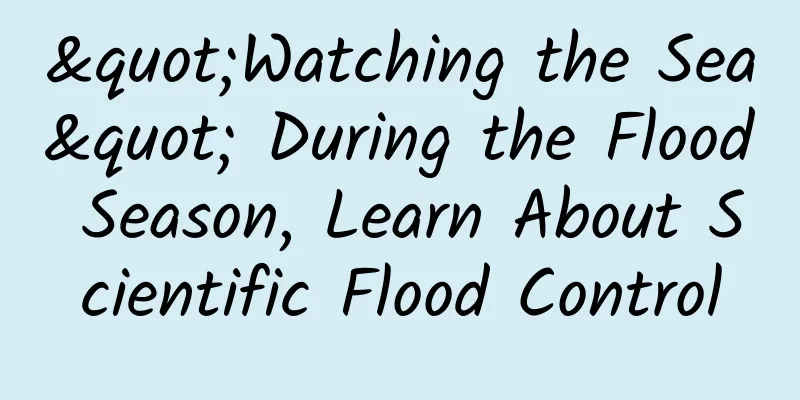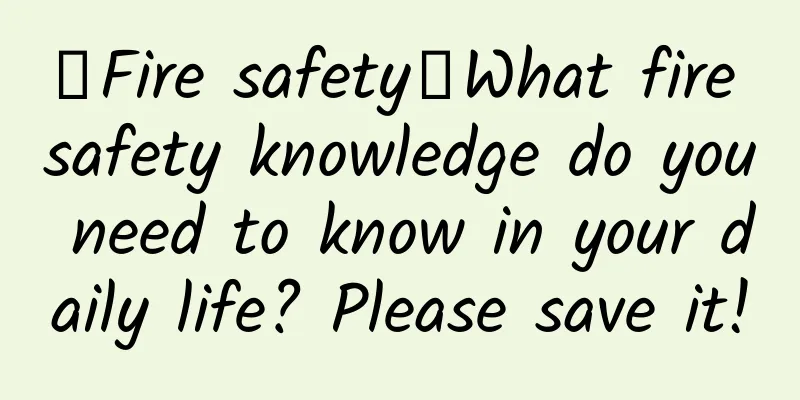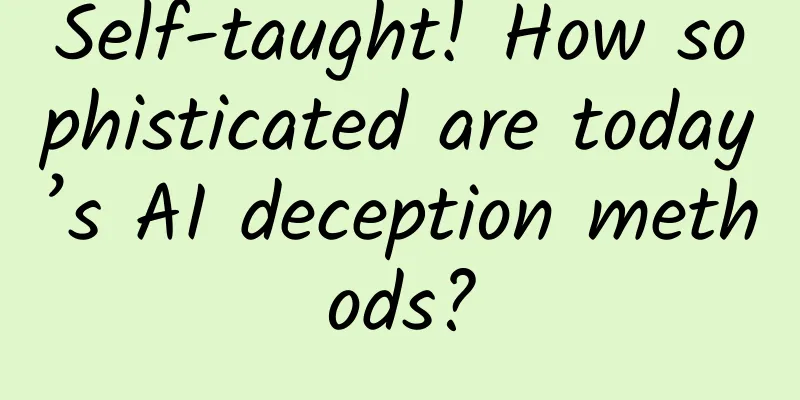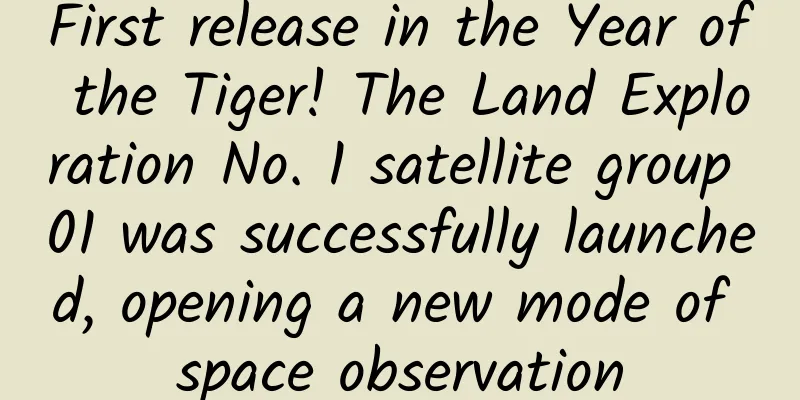"Watching the Sea" During the Flood Season, Learn About Scientific Flood Control

|
Every summer, when the flood season arrives, continuous rainfall causes many places to enter the "sea-viewing" mode. The continuous heavy rains lead to frequent mountain torrents and waterlogging in many places. The harm of waterlogging Against the backdrop of continued global climate anomalies, floods and waterlogging disasters have had a wide-ranging impact on economic and social development and natural ecosystems. The resulting traditional and non-traditional security risks will also become more prominent, including economic security, food security, water resource security, ecological security, environmental security, energy security, and major engineering security, and the challenges facing national security will become more severe. The risk of floods and waterlogging comes from the interaction between extreme precipitation events and the vulnerability of cities as carriers. In other words, the losses caused by floods and waterlogging are not only related to extreme precipitation events, but also depend on the vulnerability of cities. Climate change exacerbates floods and waterlogging disasters, and infrastructure services such as water supply and power supply in the areas where they occur will face crises. This means that power outages, traffic congestion, and water supply shortages will become more severe. Image source: Veer Gallery Actively prevent waterlogging In the context of climate change exacerbating flood disasters, it is increasingly urgent to improve the ability to prevent "flooding". China is located in the East Asian monsoon climate region, with a three-level terraced terrain, which determines that China is a country with uneven precipitation distribution and frequent extreme events. Coupled with the impact of climate change, it is foreseeable that the uneven spatial and temporal distribution of water resources, as well as frequent droughts and floods, will further aggravate the impact on the social economy and ecological environment in the future. After recognizing these crises, my country has actively responded to climate change, taken measures to mitigate and adapt to the impacts of climate change, sustainably managed natural ecosystems, incorporated climate change risks into all aspects of planning, design, and management, and built a climate-resilient society through the joint efforts of society and the government. (Photo source: Xinhua News Agency Xu Jun) From the perspective of climate change and disaster prevention and mitigation, we should pay attention to the following aspects: first, we should actively mitigate and adapt to climate change from a strategic perspective in response to global climate change; second, we should establish a reasonable urban rainstorm and waterlogging assessment model to provide a basis for reasonable decision-making; third, we should improve the accuracy of climate and weather forecasts, and provide early forecasts and warnings for urban rainstorms and waterlogging; fourth, we should actively publicize disaster prevention and mitigation work and promote the construction of a supporting mechanism for urban rainstorm and waterlogging disaster prevention. Measures to prevent waterlogging 1. Preventing flooding in mountainous areas Continuous heavy rainfall may trigger secondary disasters such as mountain torrents, landslides, mud-rock flows, urban waterlogging, etc. When threatened by floods, if there is sufficient time, people should evacuate to hillsides, highlands, etc. in an organized manner according to the predetermined route. When surrounded by floods, try to use boats, rafts, door panels, wooden beds, etc. to transfer by water. If it is too late to evacuate, immediately climb onto the roof, high buildings, trees, or high walls to take shelter temporarily and wait for rescue. Do not swim alone to evacuate. In mountainous areas, if there is continuous heavy rain, flash floods are likely to occur. In such cases, you should avoid crossing the river to prevent being washed away by the flash floods, and also pay attention to prevent damage from landslides, rolling stones, and mud-rock flows. (Image source: mt.sohu.com) 2. Urban flood prevention Image source: Veer Gallery Pay attention to the impact of low visibility and slippery roads caused by precipitation on traffic, and pay special attention to driving safety. In addition, strong convective weather has a great impact on outdoor travel, especially outdoor tourists need to pay attention to weather changes in time, pay attention to prevent strong convective weather such as lightning and hail, and avoid dangerous areas such as tall buildings and billboards when encountering strong winds. If you find that the high-voltage tower has collapsed, the wires are drooping or broken, stay away from danger, do not touch or approach, to prevent electric shock. After the flood, we should take medicines to prevent epidemics, do a good job in hygiene and epidemic prevention, and avoid the occurrence of infectious diseases. (The images with source indicated in this article have been authorized) |
Recommend
Outdated technical standards lead to endless hidden dangers of high-power charging
Recently, at the Electric Vehicle Charging Facili...
HTC: It doesn’t have Apple’s fate, but it has Apple’s diseases!
As a manufacturer in the mobile phone circle, it ...
FAW Audi dealers: Stop picking up imported and domestically produced cars in December
This winter is particularly cold for Audi and FAW...
A brief discussion on Weibo marketing and promotion strategies!
Weibo may not bring direct sales, but it can subt...
How virtual reality is reshaping digital advertising
Virtual reality (VR) allows users to experience v...
The evolution of life prefers a single chirality: Why are proteins almost all "left-handed"?
The important substances that make up life have t...
What is refined operation? What to do?
Ten years ago, in the PC Internet era, when you b...
8 tips for opening articles on public accounts that big Vs are using to increase the number of readers!
Write a WeChat tweet and send it out. First of al...
Overview of the public platform message body signature and encryption and decryption solution
Overview of the public platform message body sign...
"The Biography of Zeng Guofan" - Zhang Hongjie Baidu Cloud Download
Biography of Zeng Guofan - Preface by Zhang Hongj...
Why won't my iCloud photos sync with my Mac?
iCloud is a cloud service provided by Apple, whic...
Nokia is making a comeback, are European mobile phone brands looking to make a comeback?
Recently, a video about European mobile phone bra...
WeChat group operation ideas, methods and strategies!
"Groups" bring together similar users a...
How to write a new media marketing promotion plan!
What role does new media marketing play? How to s...









